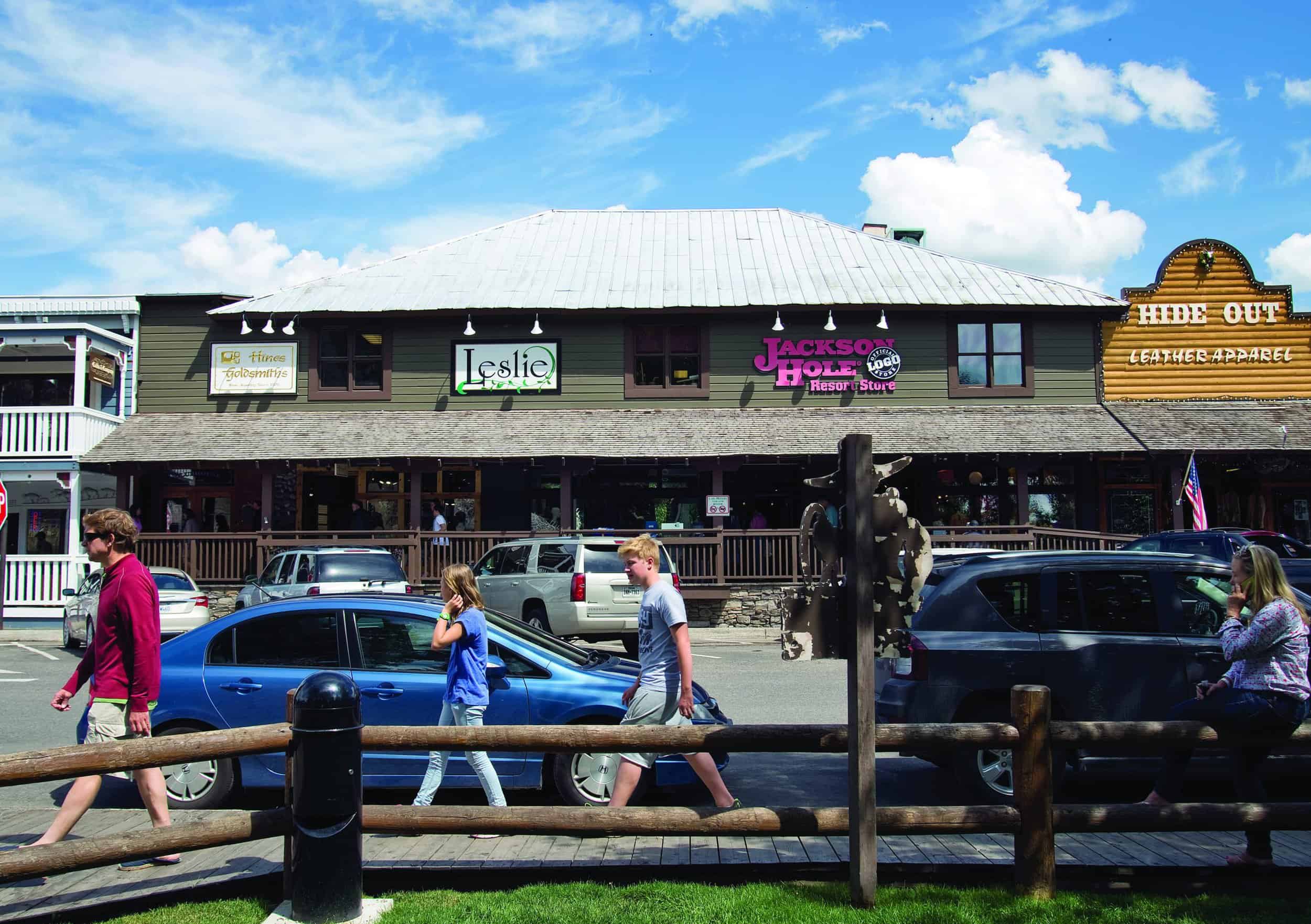Read The
Current Issue
Walk and Learn
Daily walking tours of downtown delve into the valley’s history.
// By Kelsey Dayton
Standing under the towering cottonwoods inside the Town Square in downtown Jackson, it is easy to become distracted by the throngs of visitors posing under the elk-antler arches and filling the boardwalks. But take a tour with Morgan Jaouen, and you’ll learn there is more to downtown than the gift shops, art galleries, and phenomenal people watching.
For example, on a tour Jaouen will point to a building, like one on Center Street on the Town Square’s eastern side. Exterior signs indicate it is home to the Jackson Hole Mountain Resort store, Hines Jewelers, and Wilcox Gallery II. But it’s also the oldest building on the Town Square—older than the square itself. “It was built in 1896 and was originally a community-gathering space called ‘The Clubhouse,’” Jaouen might say. “Everything from dances to meetings were held there, and for a time, it even served as the post office.”
Back at the Jackson Hole Historic Society and Museum, where this walking tour starts, there is a 1907 photo of The Clubhouse. It stands alone, seemingly in the middle of nowhere with nothing else around it.
“We try to tell the foundational story of a real Western town that continues to this day.”
“Many visitors to Jackson Hole know Jackson as an Old West town turned modern day tourist attraction but don’t really understand what that means,” says Jaouen, executive director of the Jackson Hole Historical Society and Museum. “There is so much more to Jackson’s story.” The historical society, whose mission is to compile, preserve, and share Jackson’s history through information, stories, photos, and objects, has for decades offered walking tours to show more of the story. “We hope they share the town’s history in a tangible and visceral way,” Jaouen says. “The tours really connect people to this place. It’s an accessible and affordable way to, in only an hour and whether you are just visiting or you just moved here, form a deeper connection with this place.”
Jesse O’Connor started as a volunteer tour guide in 1998. All of the guides, and there are about five each season, are volunteers or employed at the museum. O’Connor is a tour guide by profession, working in Grand Teton and Yellowstone National Parks since he arrived in the area in 1980. For him, the historical society’s walking tours are about showing people the real Jackson.
“It was, and is, a real town, rather than just a famous and fancy place for tourists,” he says. “The real town is peeking out from the corners where you least expect it. More important than the names, dates, and numbers is the town’s underlying story. We try to tell the foundational story of a real Western town that continues to this day.”

1. Legend has it that in 1939, Joe Ruby was playing in a card game when an argument escalated to a shooting that led authorities to ask Ruby to leave town and never return. He sold his nondescript bar, J.R.’s Saloon, to Ben Goe, who changed the name to the Cowboy Bar and spent the next years remodeling the interior with burled wood and adding a neon sign featuring a cowboy on a bucking horse atop the exterior. Jaouen says Goe was already likely thinking about tourism when he made his design choice. Jackson had been branded “Last of the Old West,” and tourism had become a driving force in the economy by 1920 with the popularity of local dude ranches. “I think the bar’s design was very much driven by a ‘let’s present ourselves as a Western town,’ mentality” she says.
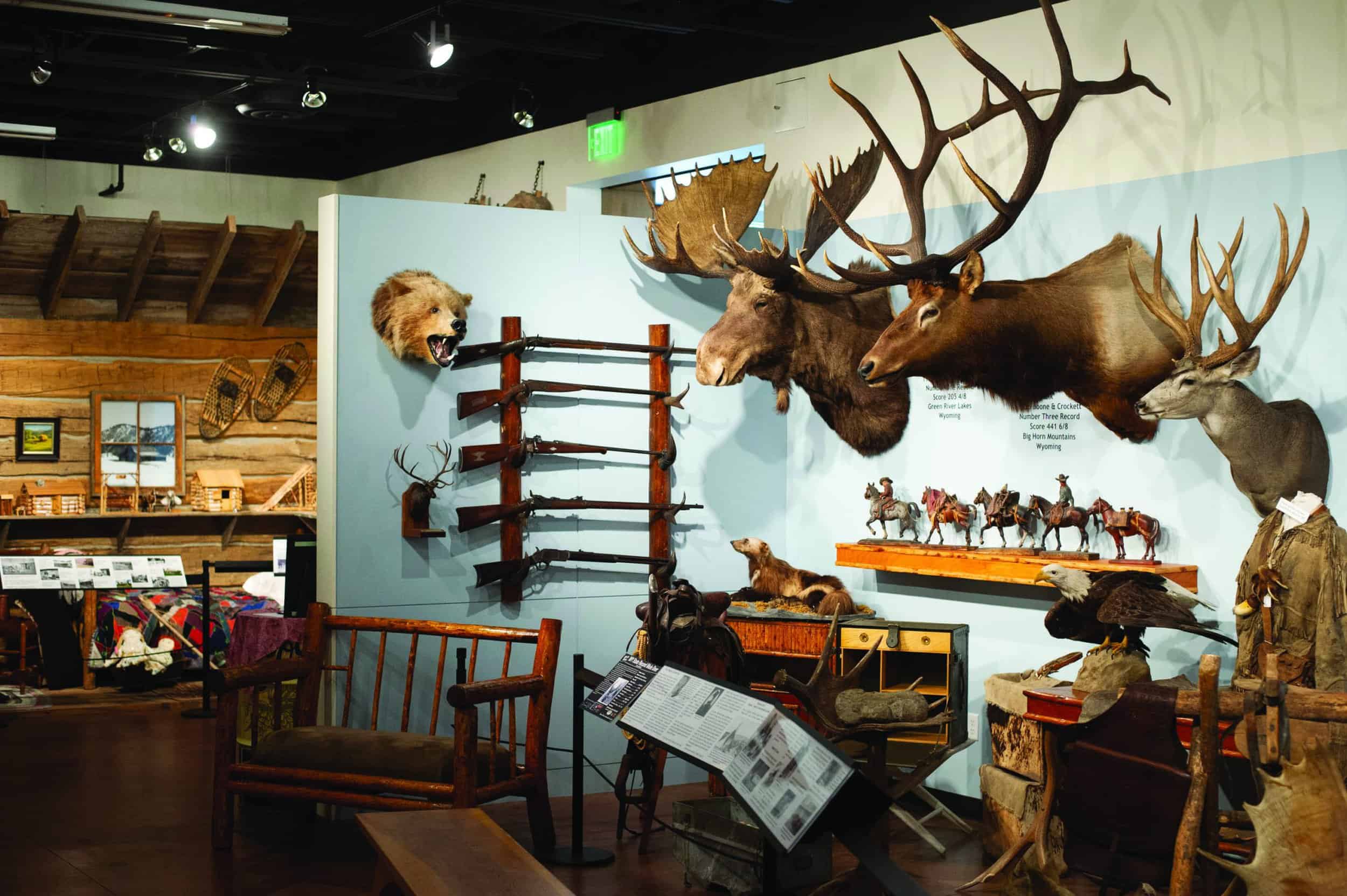
2. Jackson Hole Historical Society and Museum. People sometimes think of the West as relatively young, but its history goes back much further than the fur traders and explorers that first came and named the area. The area was home to Native Americans long before the Town of Jackson came into being; the earliest signs of human habitation in Jackson Hole date back 11,000 years.
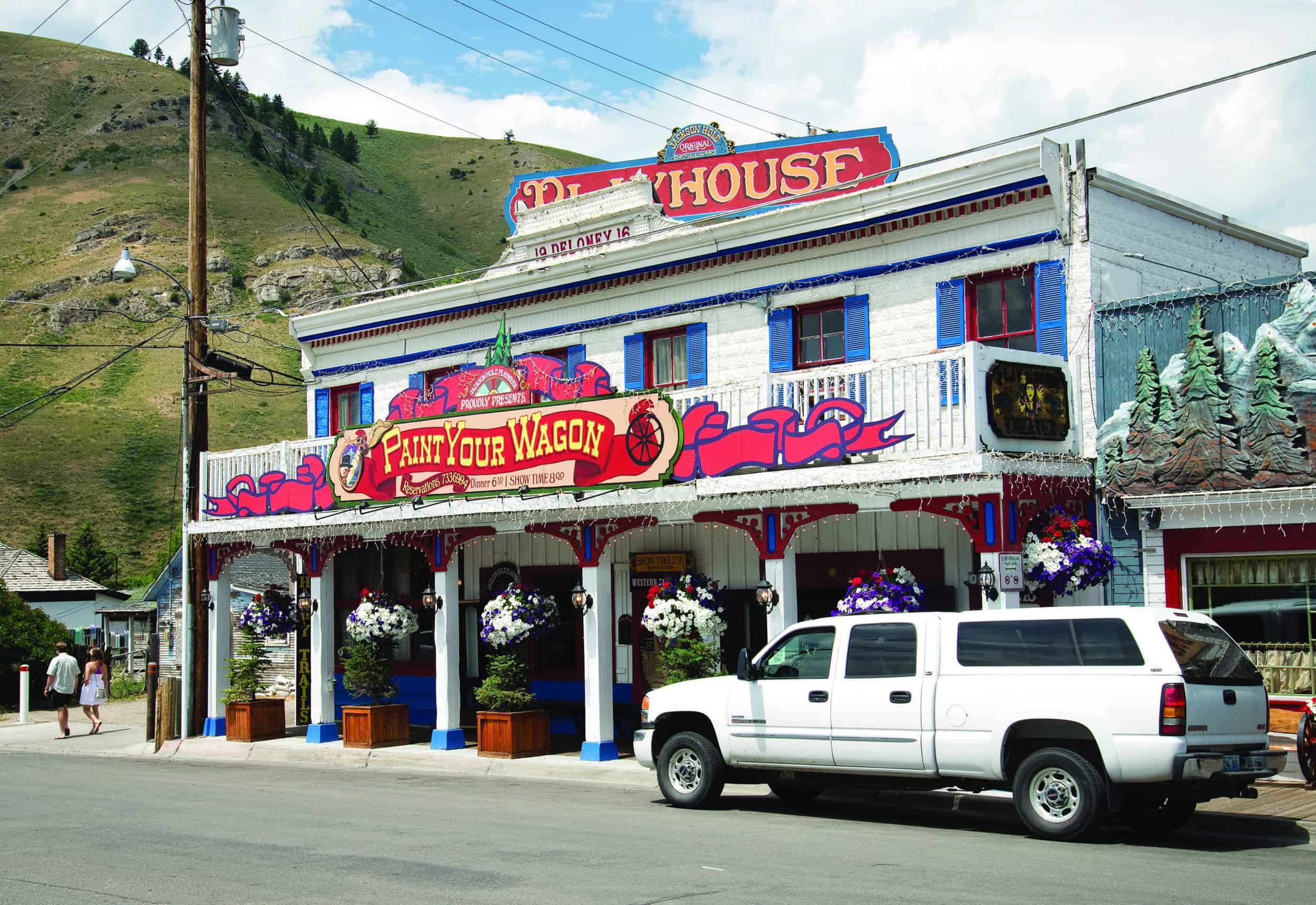
3. Today, this building is the Jackson Hole Playhouse, which puts on musical shows in the summer (and its actors perform in the nightly shootout on the Town Square), but, when it was built in 1915, it was a livery stable. Between then and now, it was a Model T Ford dealership, a post office, a mercantile, and a bowling alley. The building appears to be built of stone, but it’s really stamped metal siding. When it was built, importing stone was too challenging without access to a railroad, Jaouen says.
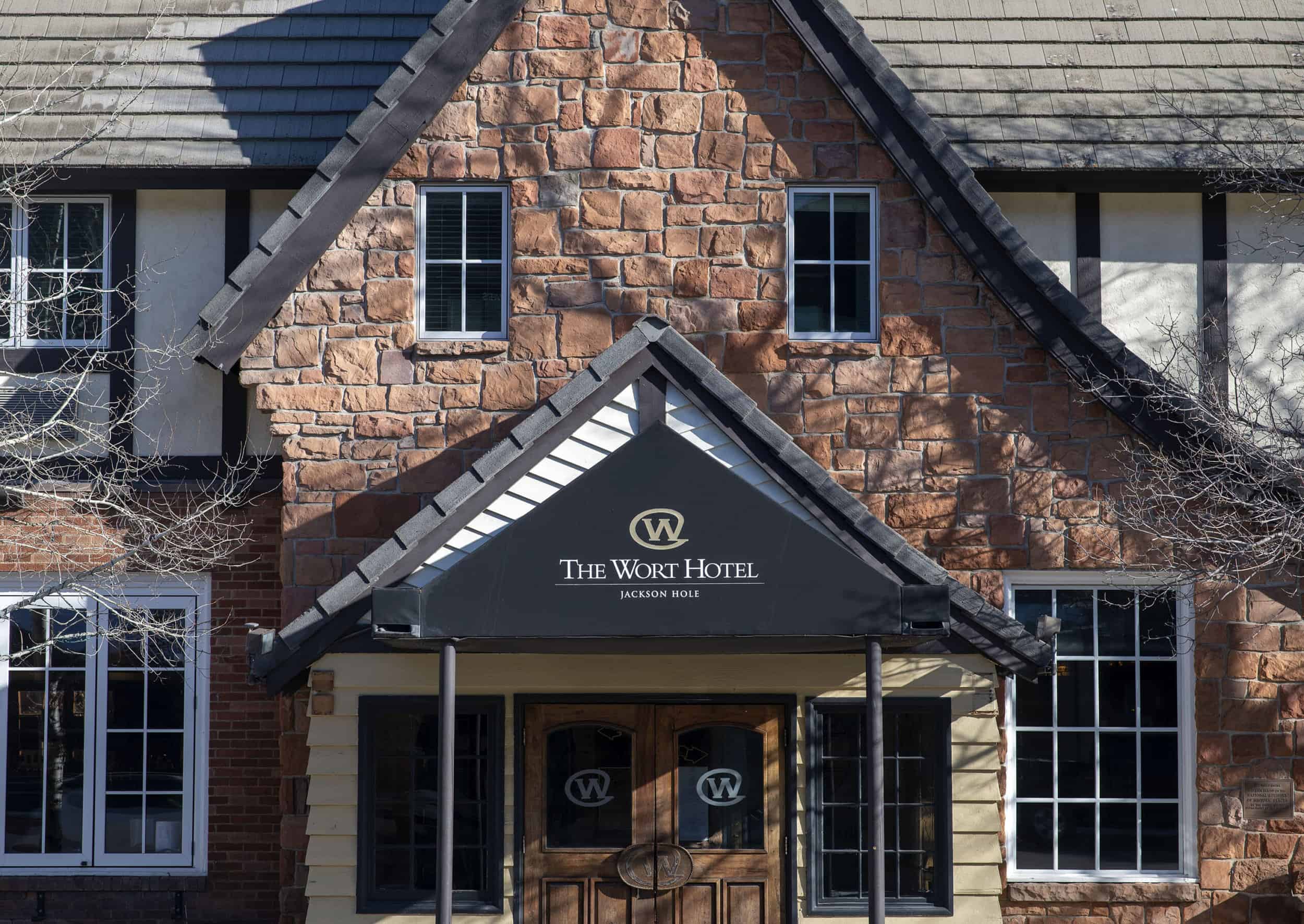
4. There are rumors of gambling paraphernalia locked away in the basement and secret tunnels that run below the Wort Hotel, but O’Connor says he’s never seen either. In 1915, Charles Wort paid $100 for four lots in downtown Jackson, Jaouen says. It took Wort another 26 years for his dream of a hotel in Jackson to become a reality. In 1939, he brought in red stone quarried from near Slide Lake in the Gros Ventre Mountains for the façade. He finished the building in 1941. Today, the halls of the of hotel are lined with photos documenting the building’s history. “The Wort does a really great job telling its history in its hallways, and we always encourage people to go in and learn more,” Jaouen says.
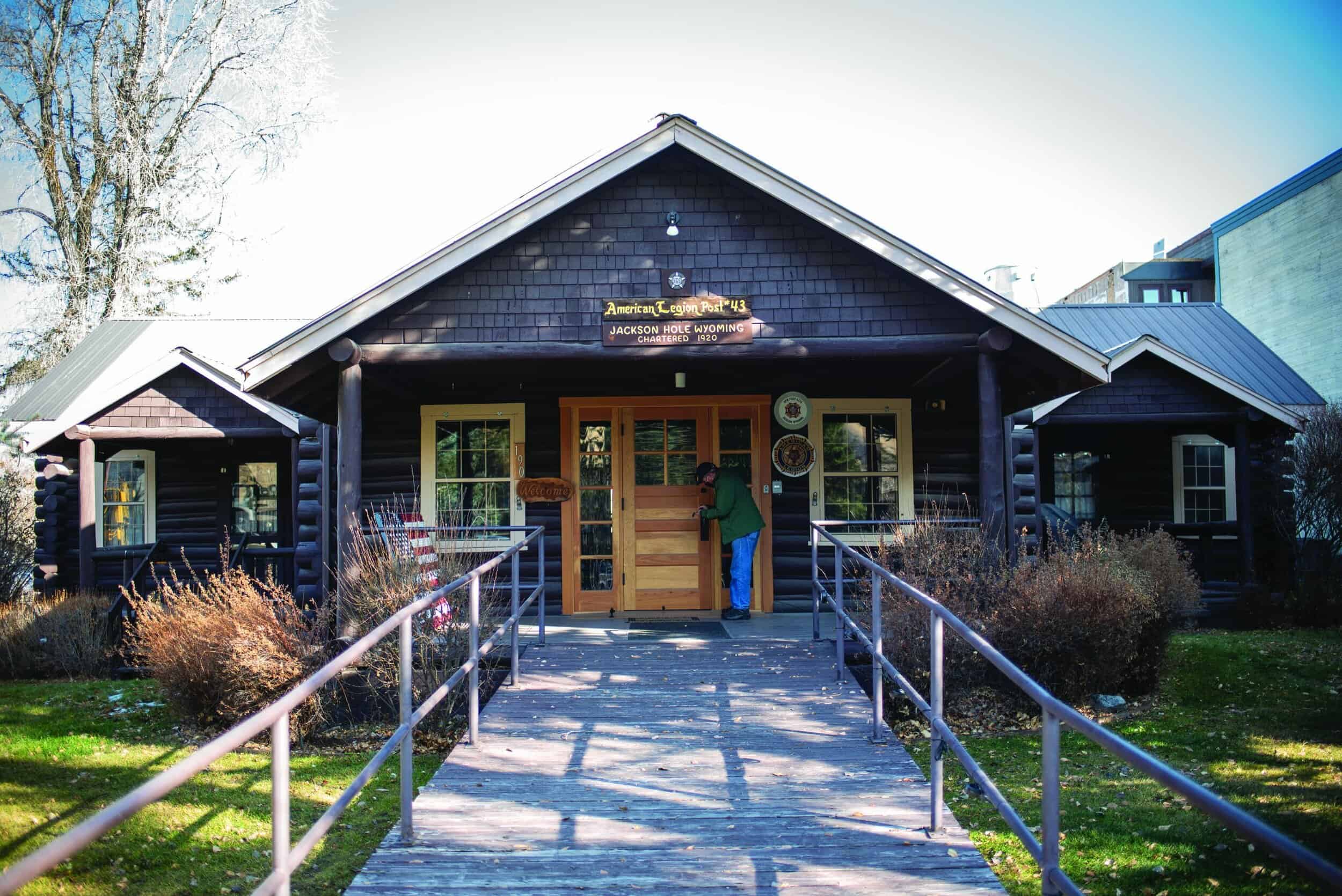
5. This structure doesn’t have unique architectural features that might catch the eye, but the American Legion Hall, which was constructed in 1929, has an important place in Jackson Hole history. It was in this log cabin that, in the 1930s, a congressional subcommittee convened to investigate land fraud tied to the purchase of homesteads surrounding the earliest iteration of Grand Teton National Park, which was founded in 1929. O’Connor calls the it “the biggest and messiest battle of open space in the Lower 48.”
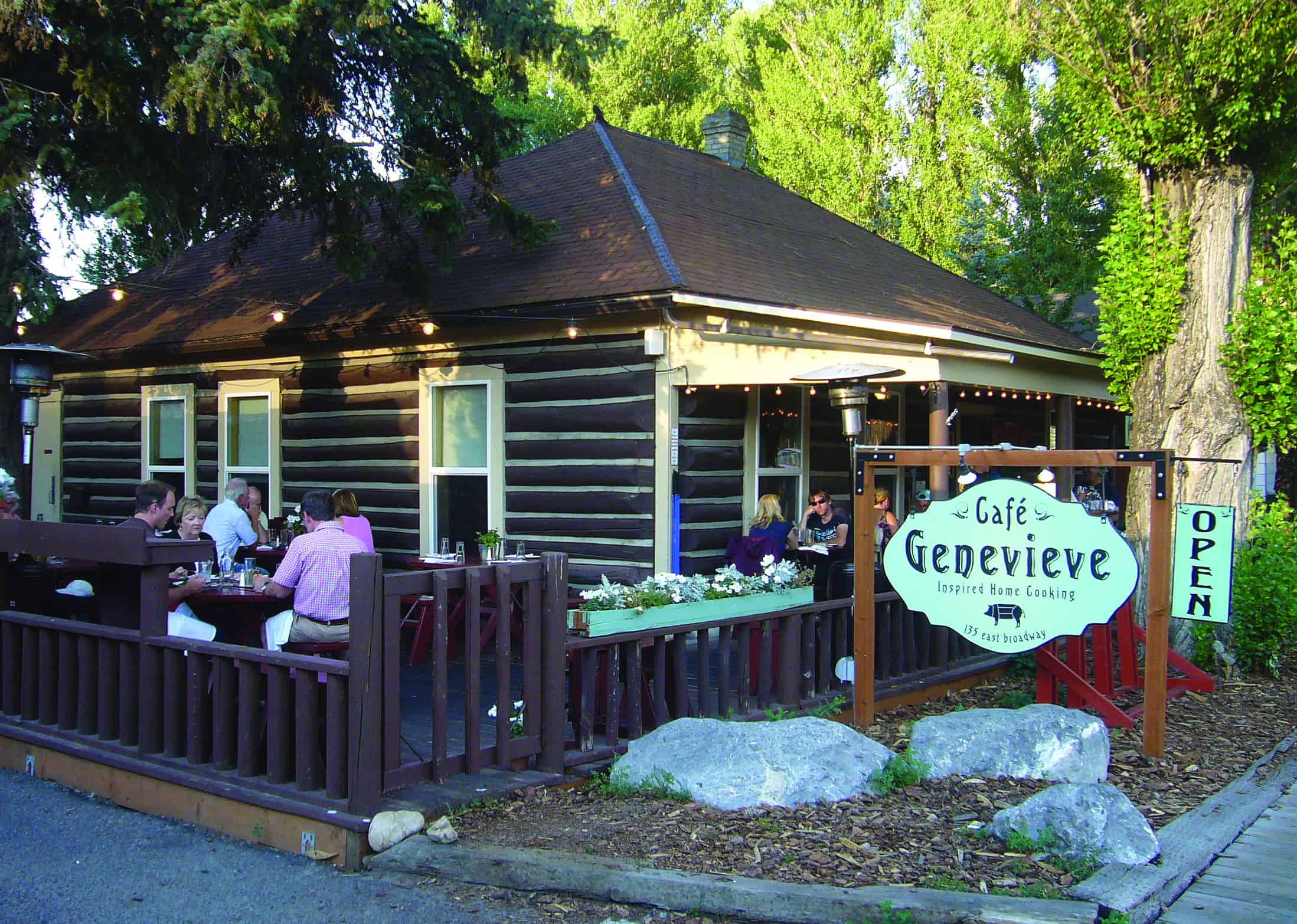
6. The era of the “Petticoat Rulers” is one of Jaouen’s favorite moments in Jackson’s history. In 1920, months before Congress ratified the 19th Amendment giving women the right to vote, Jackson elected an all-female town council. What is today Cafe Genevieve was Councilwoman Genevieve Van Vleck’s home from about 1911 until 1936. “A lot of people have heard the story of the all-women council, but it really comes to life when you see where the people lived,” Jaouen says.
The Details
The tours run from Old West Days weekend, an annual event that starts two Saturdays before Memorial Day, and continue until the end of September. They begin at 10:30 a.m. and start from the Jackson Hole Historical Society and Museum (225 N. Cache St.; 307/733-2414). Each tour is capped at 12 people. Tickets are $10 for adults, $6 for veterans and students; jacksonholehistory.org JH

